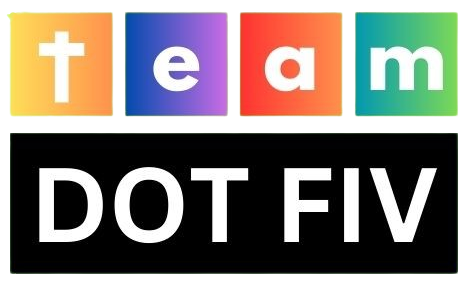In the realm of home finance, few topics stir up as much debate and confusion as reverse mortgages. Touted by some as a lifeline for retirees and maligned by others as a risky financial trap, reverse mortgages are often misunderstood. But what’s the truth behind the hype? In this blog, we’ll delve into the myths and realities surrounding reverse mortgages to help you make an informed decision about whether this financial tool is right for you.
Myth: Reverse mortgages are a scam.
Reality: While there have been cases of fraudulent practices in the past, legitimate reverse mortgages are regulated by the government and can be a viable option for eligible homeowners. Like any financial product, it’s essential to do your research and work with reputable lenders.
Myth: You lose ownership of your home with a reverse mortgage.
Reality: Contrary to popular belief, you retain ownership of your home with a reverse mortgage. The lender does not take ownership unless you fail to meet your loan obligations, such as paying property taxes or homeowners insurance. As long as you continue to meet these requirements, you can live in your home for as long as you wish.
Myth: Reverse mortgages are only for desperate homeowners.
Reality: While reverse mortgages can be a valuable financial tool for those facing financial challenges in retirement, they are not exclusively for desperate situations. Many financially savvy homeowners use reverse mortgages as part of their retirement planning strategy to access home equity without selling their home or taking on additional debt.
Myth: Reverse mortgages are a last resort for cash-strapped seniors.
Reality: While reverse mortgages can provide a source of income for seniors with limited financial resources, they can also be used strategically by affluent retirees to supplement their income, fund home renovations, or cover unexpected expenses. For homeowners with significant home equity, a reverse mortgage may offer more flexibility and control over their financial assets.
Myth: Reverse mortgages are expensive and drain your home equity.
Reality: While reverse mortgages come with upfront costs and fees, they can also provide access to a significant portion of your home equity without monthly mortgage payments. Additionally, the amount you owe on a reverse mortgage cannot exceed the value of your home, thanks to government safeguards. When used wisely, a reverse mortgage can be a cost-effective way to tap into your home equity while maintaining financial flexibility.
Myth: Your heirs will be burdened with debt from a reverse mortgage.
Reality: Upon your passing, your heirs have the option to repay the reverse mortgage and keep the home or sell the home to settle the debt. If the home is sold, any remaining equity belongs to your heirs. If the home sells for less than the outstanding loan balance, the FHA insurance associated with most reverse mortgages covers the shortfall, and your heirs are not responsible for the difference.
Conclusion:
Reverse mortgages are a complex financial tool that can provide significant benefits for eligible homeowners. However, they are not without risks and should be carefully considered in the context of your overall financial plan. By separating fact from fiction and understanding the realities of reverse mortgages, you can make an informed decision about whether this option aligns with your retirement goals and financial needs.
Whether you’re exploring reverse mortgages as a way to supplement your retirement income or simply curious about this often-misunderstood financial product, it’s crucial to seek guidance from a qualified financial advisor who can provide personalized advice based on your unique circumstances. With the right information and guidance, you can navigate the world of reverse mortgages with confidence and clarity.





 No products in the cart.
No products in the cart.